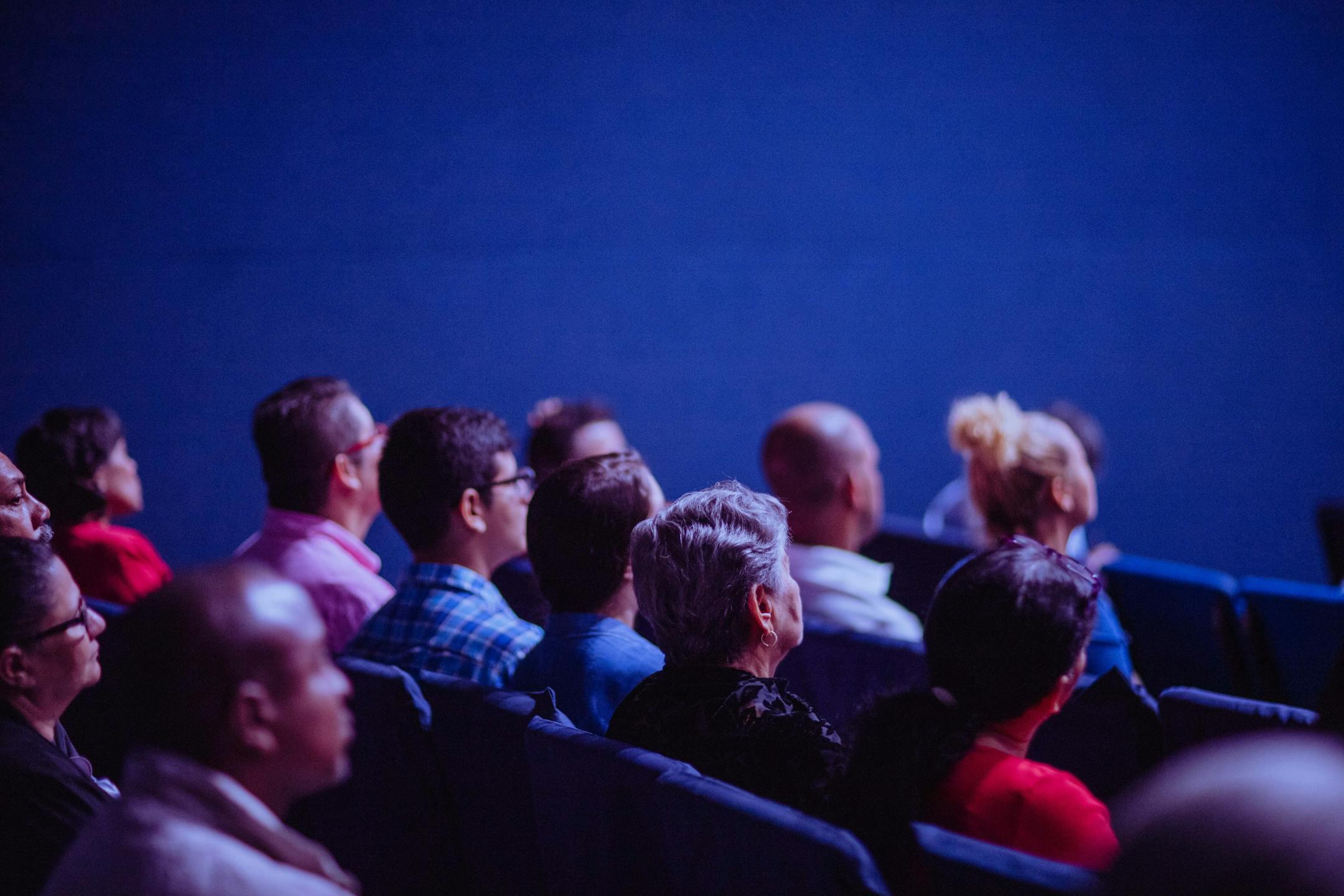Website designed with the B12 website builder. Create your own website today.
Start for free
In recent years, the landscape of cinema has undergone a profound transformation, shifting from the grandiose theaters of the past to the comfort of our living rooms. The transition is as much about technology as it is about viewer preferences, as audiences now find themselves drawn to the convenience and flexibility that online streaming offers. Gone are the days when a night out meant dressing up for a trip to the cinema; today, the allure of binge-watching a favorite series or catching the latest blockbuster on a tablet or smart TV is hard to resist.
The dramatic change in how we consume films raises important questions about the future of cinema. As streaming services continue to gain market share, filmmakers and studios must adapt to this new reality, exploring innovative ways to engage audiences while maintaining the magic of the big screen experience. This blog post delves into how cinema has changed, examining the reasons behind the shift towards streaming and pondering what that means for the future of film. Join us as we explore the evolution of cinema, the rise of home viewing, and the exciting possibilities that lie ahead in a digital age.
The evolution of cinema: from big screens to small screens
Cinema has undergone a dramatic transformation since its inception, evolving from traditional movie theaters to today's digital streaming platforms. Early filmmakers relied on large screens to captivate audiences in darkened rooms, creating shared experiences that drew crowds to local cinemas. As technology progressed, so did film production and distribution methods. The introduction of home video formats like VHS and DVDs began reshaping how viewers consumed content, offering greater convenience and accessibility. The cultural significance of the big screen began to diminish as families embraced the idea of watching films in the comfort of their own homes.
With the advent of the internet, the landscape shifted even further. High-speed connections and digital technology enabled audiences to stream movies and television shows on various devices—from laptops to smartphones. This new way of consuming media fundamentally altered the cinematic experience. Now, viewers have the power to choose when, where, and how they watch films, often valuably prioritizing flexibility over the communal experience once offered by theaters. The cinematic journey has come full circle, creating a rich tapestry of viewing options that continues to expand, challenging traditional norms and inviting audiences to redefine what cinema means in their lives.
Streaming revolution: why audiences prefer watching from home
The rise of streaming services has dramatically transformed the way people consume cinema. With platforms like Netflix, Amazon Prime Video, and Disney+ offering vast libraries of films and series, audiences now have the power to watch what they want, when they want, and how they want. This convenience eliminates the need for physical travel to theaters, allowing viewers to indulge in their favorite shows while lounging on their couches. Additionally, binge-watching has become a cultural phenomenon thanks to the ability to stream entire seasons at once, encouraging audiences to immerse themselves in stories without interruption.
Cost-effectiveness also plays a significant role in the shift towards online streaming. Movie tickets can be pricey, especially for families or larger groups, while subscriptions to streaming services often provide access to a diverse range of content at a fraction of the cost. Moreover, the comfort of home – complete with customizable viewing environments and the freedom to pause or rewatch scenes – has created a new standard for how audiences experience entertainment. As a result, people increasingly prefer the intimacy of their living rooms over the traditional cinematic experience, marking a pivotal shift in the landscape of film consumption.
The future of film: embracing change in a digital age
As cinema continues to evolve, filmmakers and studios find innovative ways to embrace the digital age. The rise of streaming platforms has encouraged filmmakers to experiment with different formats, storytelling techniques, and even release strategies. With direct access to audiences, creators no longer rely solely on the traditional theater model. They can deliver content that resonates more deeply with viewers, exploring niche genres and diverse voices previously overlooked in mainstream cinema. This shift allows for a dynamic landscape where independent films can flourish alongside big-budget productions, providing a platform for unique stories to reach a global audience.
Moreover, the future of film involves a deeper integration of technology that enhances the viewing experience. Advances in virtual reality (VR) and augmented reality (AR) offer exciting possibilities for immersive storytelling, challenging conventional cinematic boundaries. As audiences become accustomed to high-quality visuals and interactive experiences, filmmakers will likely push the envelope further, creating films that engage viewers on multiple levels. The industry is set for a transformative journey, where collaboration between traditional cinema and innovative streaming solutions can redefine what it means to watch a film. Embracing these changes can lead to richer cinematic experiences, ensuring that the allure of storytelling remains at the forefront in this digital age.